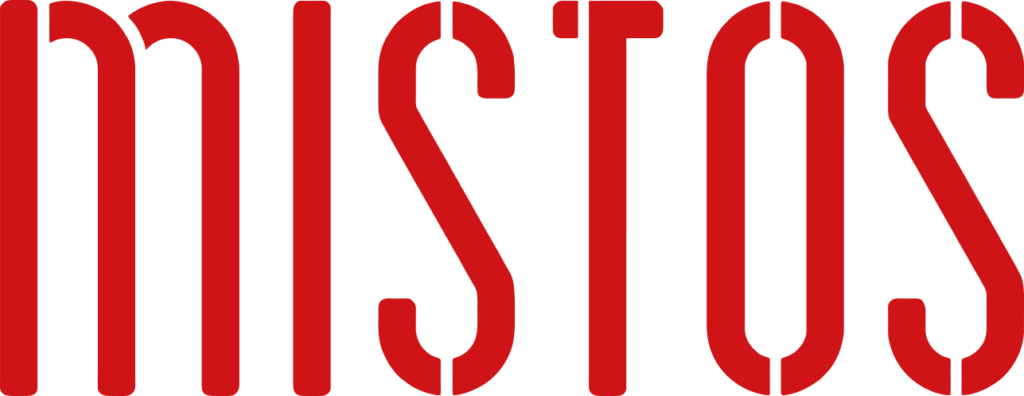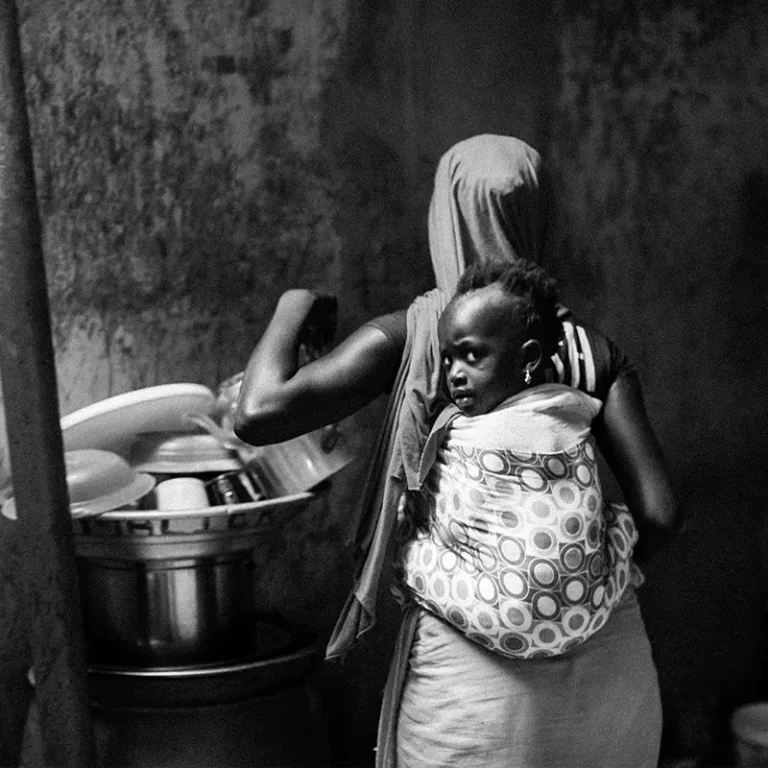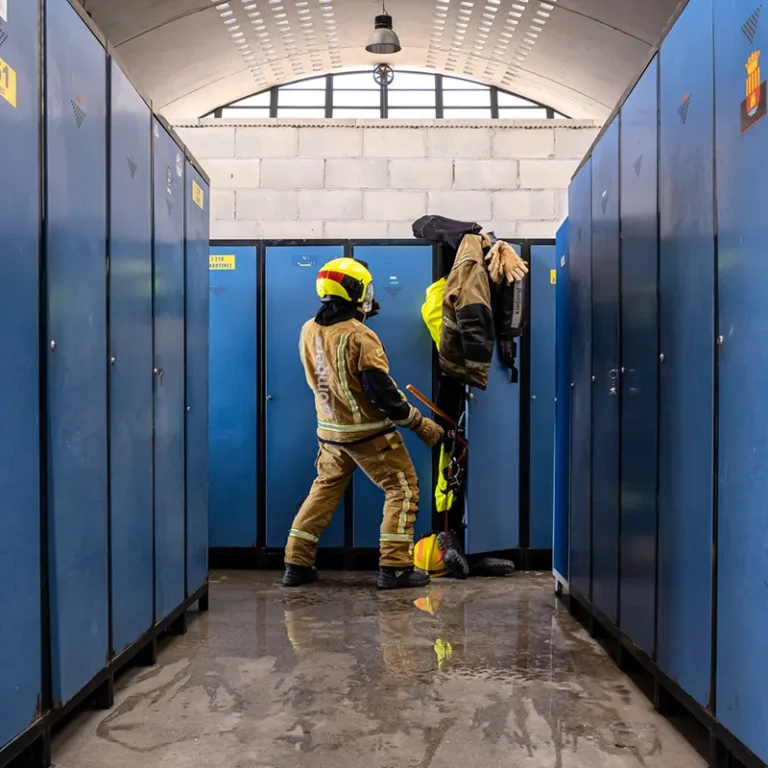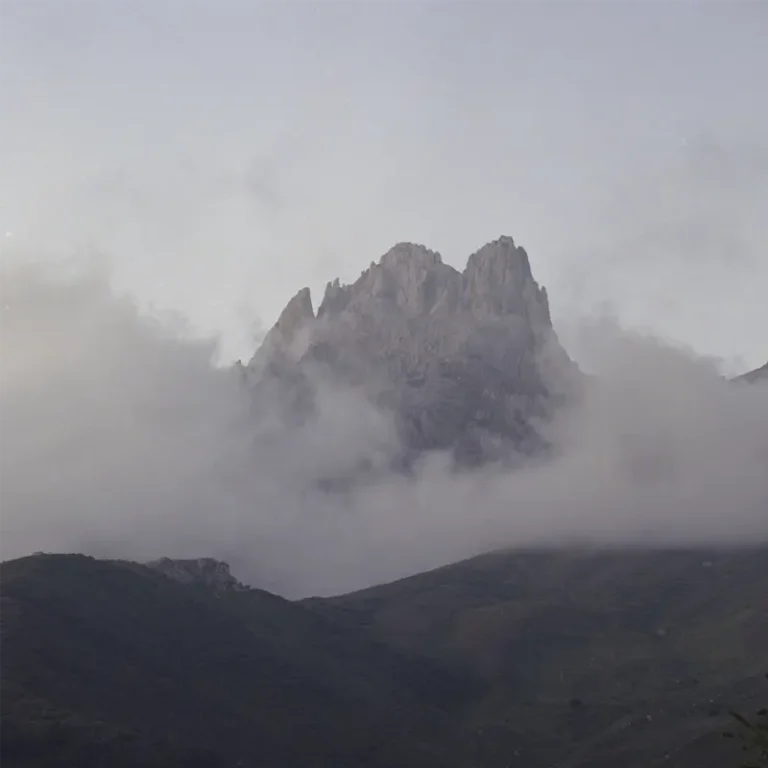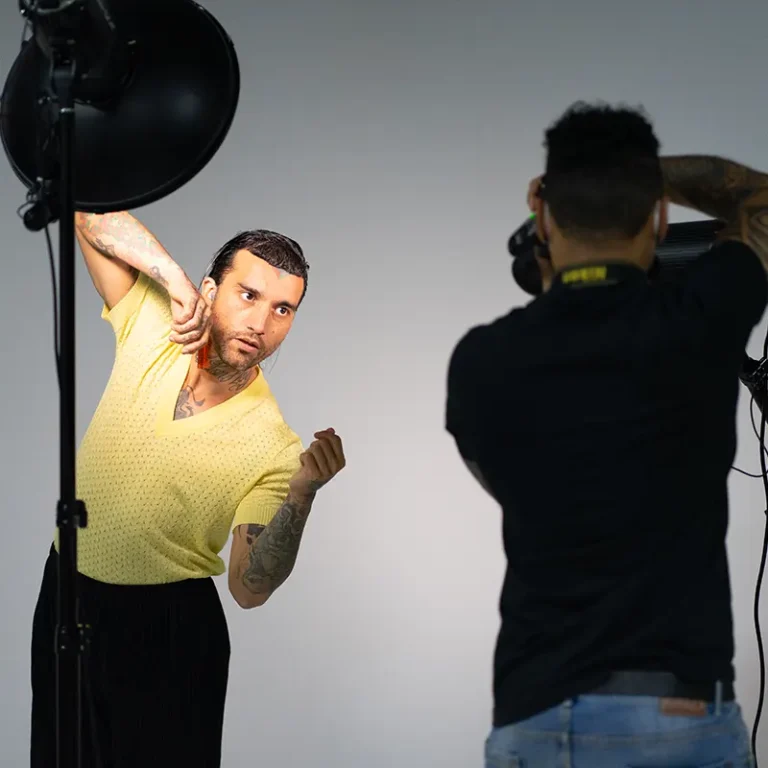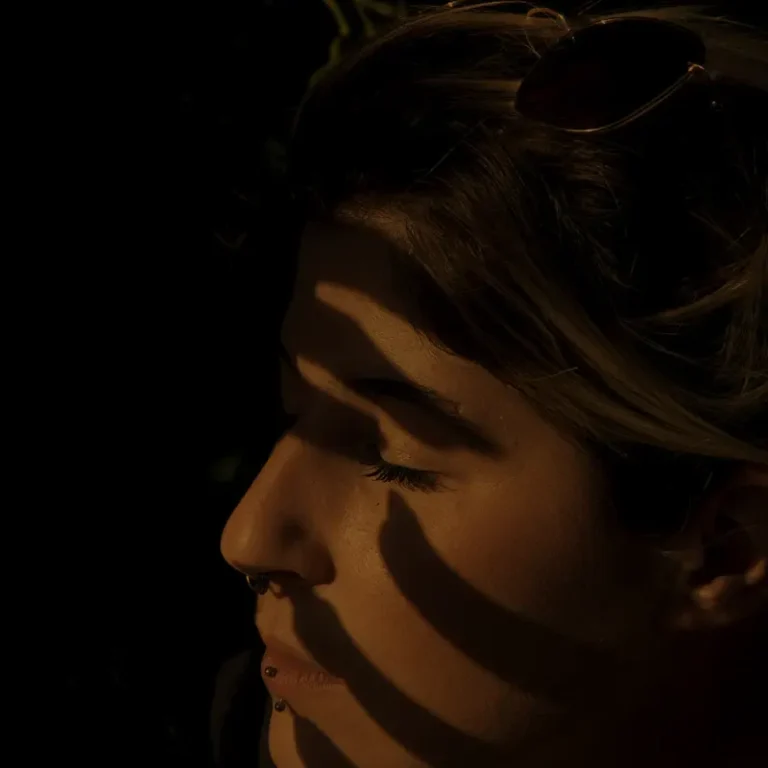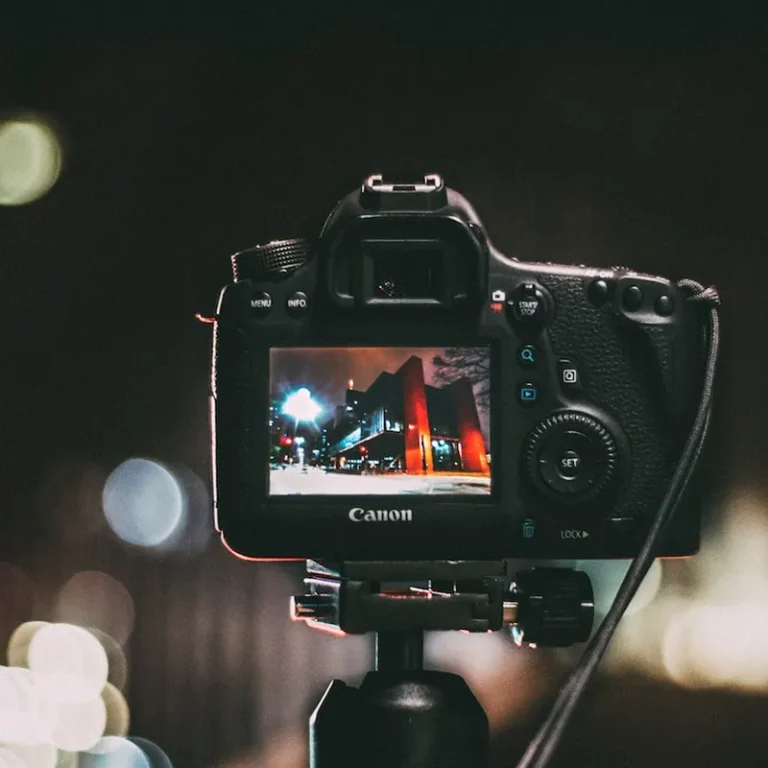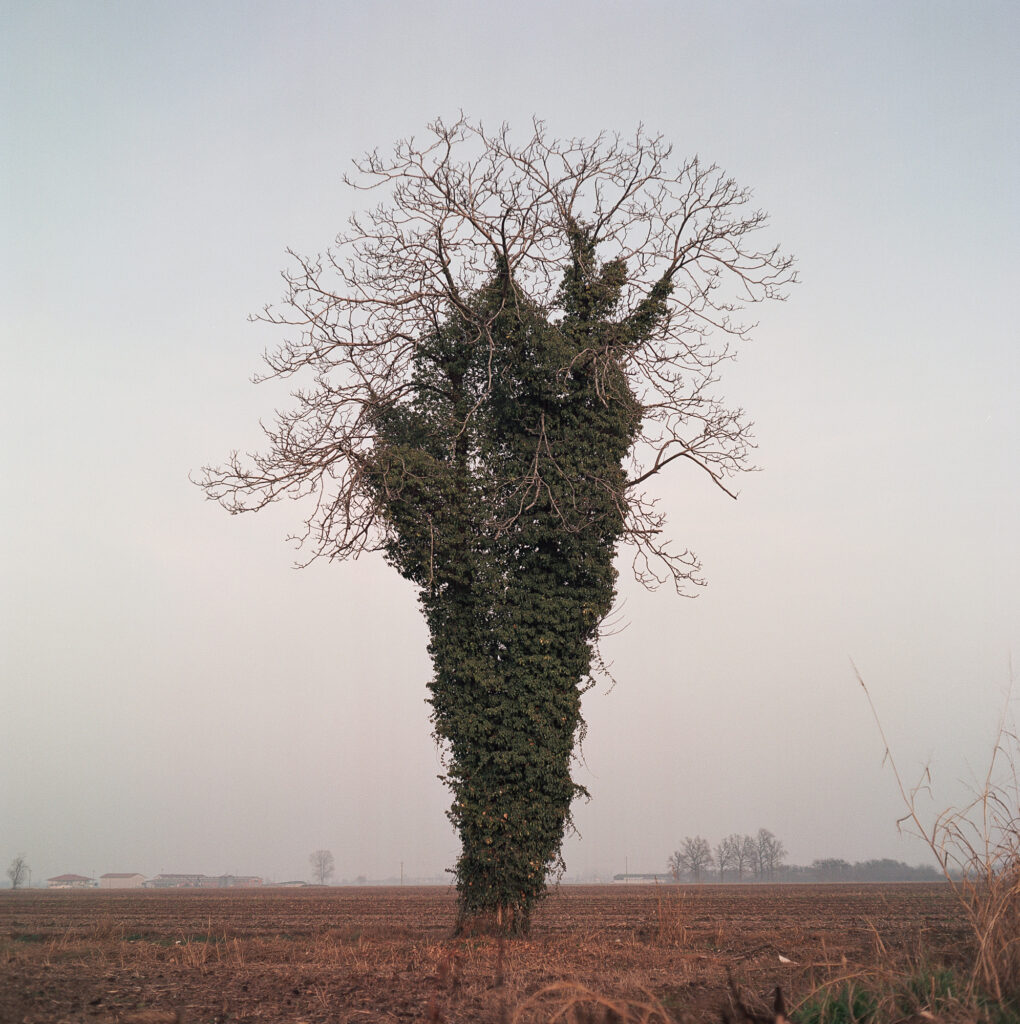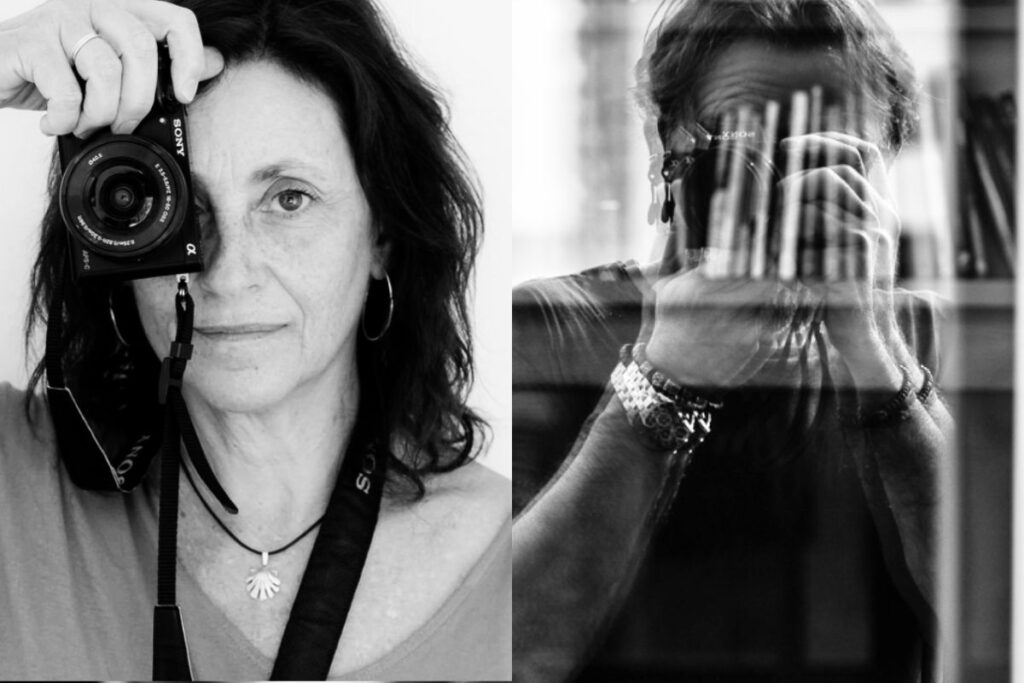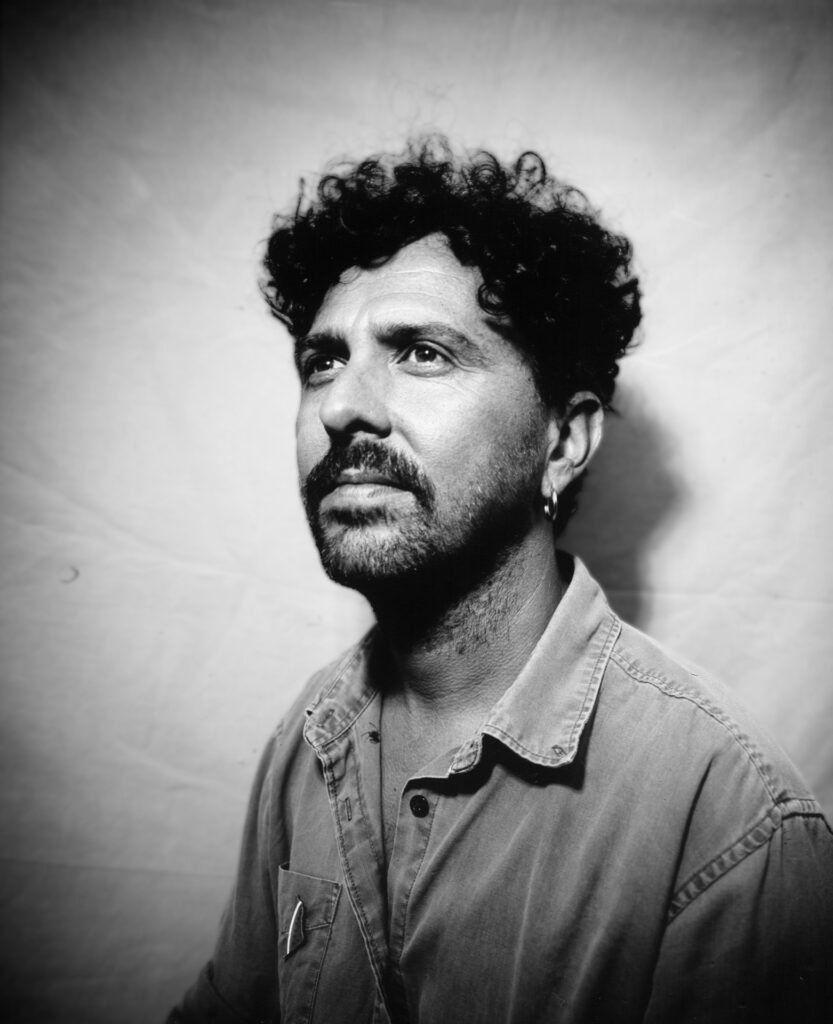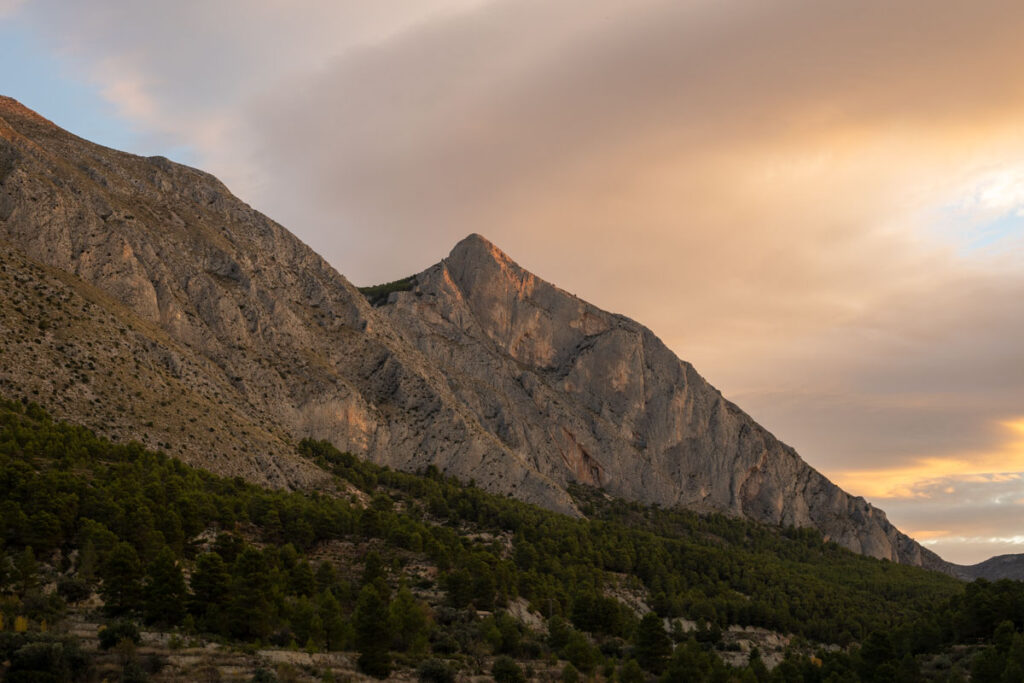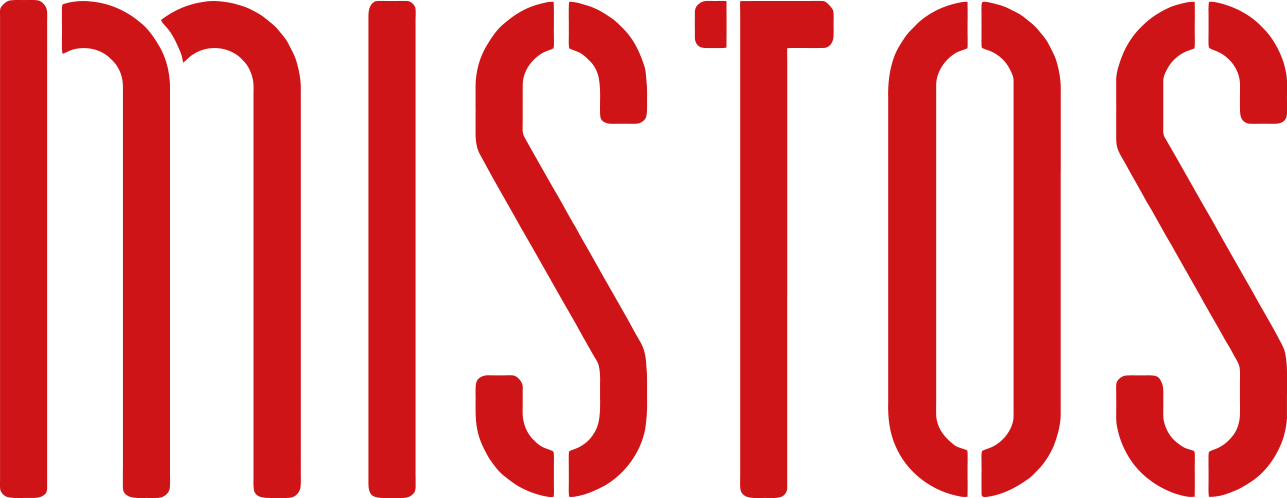
John Szarkowski fue un fotógrafo, crítico y conservador que promovió la idea de la especificidad del medio como un acercamiento a la crítica de la fotografía de arte, lo que significaba mirar cómo se habían tomado fotografías en lugar de como se podría haber pensado que se deben tomar. La especificidad del medio, por lo tanto no es un enfoque para tomar fotografías, sino más bien un enfoque que considera el arte – como una habilidad o práctica – a través de la investigación de todas las posibles fuentes fotográficas, lo que significa que, nosotros como fotógrafos practicantes, también tomamos más consciencia acerca de las limitaciones y las oportunidades de nuestro medio elegido.
John Szarkowski was a photographer, critic and curator who promoted the idea of medium specificity as an approach to photographic art criticism, which meant looking at how photographs had been taken as opposed to how one might have thought they ought to be taken. Medium specificity is therefore not an approach to taking photographs, but rather an approach to considering the art – as a skill or practice – through examination of all possible photographic sources, by which means we, as practising photographers, also become more aware of the constraints and opportunities of our chosen medium.
Convertirse en el conservador del Museo de Arte Moderno de Nueva York en 1962 le proporcionó una base institucional influyente desde la cual fue capaz de propagar esta idea de manera efectiva.
Becoming the curator of the Museum of Modern Art in New York in 1962 provided him with an influential institutional base wherefrom he was able to propagate this idea effectively.

En el catálogo que acompañó en el año 1964 la exposición llamada El ojo del fotógrafo, Szarkowski desecha la idea de que toda la fotografía debía ser juzgada de acuerdo con criterios artísticos anteriores porque la pintura es sintética (combina elementos reconocidos) y la fotografía es selectiva (elige entre las innumerables oportunidades que se presentan a la apertura abierta). Algunas fotografías son artísticas – pero muchas desde mediados del siglo XIX han sido, y siguen siendo solamente imágenes capturadas.
In the catalogue that accompanied the 1964 show The Photographer’s Eye, Szarkowski jettisons the idea that all photography was to be judged according to prior artistic criteria since painting was synthetic (combining recognised elements) and photography was selective – choosing from among the countless opportunities presented to the open aperture. Some photography is artistic – but much since the middle of the 19th century has been, and still is just capturing images.

No obstante, algunas de las fotografías que sólo se trataron de instantáneas tomadas fueron elevadas por sus contenidos o por su éxito a un nuevo tipo de arte, y por lo tanto Szarkowski descartó la idea de que uno debe percibir una dicotomía entre el arte y la fotografía vernácula; en cambio, se elevaban (algunas) de las fotografías vernáculas hasta el nivel de la fotografía artística afirmando que los dos tipos son inseparables y constituyen en conjunto un «aspecto íntimamente interdependiente de una sola historia».
Nonetheless, some photographs that were mere snapshots are elevated by their content or subsequent celebrity into a novel kind of art, and so he dismissed the idea that one should perceive a dichotomy between art and vernacular photography; instead, he elevates (some) vernacular photography to the level of art photography claiming that the two types are inseparable and jointly constitute an “intimately interdependent aspect of a single history”.

Szarkowski creía que había un lenguaje inherente, que pertenecía exclusivamente a la fotografía, y que las imágenes vernáculas tomadas por aficionados ratificaban su idea por exhibir composiciones que sólo eran fieles a la fotografía, liberando con ello al medio de composiciones intrínsecas a la pintura.
Szarkowski believed that there was an inherent language, which pertained exclusively to photography, and that vernacular pictures taken by amateurs affirmed his claim by exhibiting compositions that were only true to photography, thereby liberating the medium from compositions intrinsic to painting.

Szarkowski describe las imágenes incluidas en el catálogo: «Fueron hechas por diversas razones, por hombres de diferentes intereses y distintos talentos. Tienen de hecho muy poco en común, excepto sus éxitos, y un vocabulario compartido: estas imágenes son fotografías inequívocamente. La visión que comparten no pertenece a ninguna corriente o teoría estético, sino a la propia fotografía. El carácter de esta visión fue descubierto por los fotógrafos en el trabajo, ya que su conocimiento del potencial de la fotografía creció”.
He describes the pictures included in the catalogue: “They were made for various reasons, by men of different concerns and varying talent. They have in fact little in common except their success, and a shared vocabulary: these pictures are unmistakably photographs. The vision they share belongs to no school or aesthetic theory, but to photography itself. The character of this vision was discovered by photographers at work, as their awareness of photography’s potential grew.”

Dividió el catálogo en cinco secciones:
He divided the catalogue into five sections:
La cosa en sí/The Thing Itself
En la primera parte de su ensayo, Szarkowski introduce los principios importantes que tuvieron que ser interiorizados por cada fotógrafo. En primer lugar, dice que la fotografía se refiere a la actual que se presenta en el mundo que lo rodea, por lo tanto la responsabilidad del fotógrafo es «reconocer sus mejores obras y momentos [del mundo], anticiparse a ellos, aclararlos y hacerlos permanentes.»
In the first part of his essay, Szarkowski introduces the important principles that had to be internalized by each photographer. First of all, he says that photography deals with the actual which presents itself in the surrounding world, thus the photographer’s responsibility is to ”recognize its [the world’s] best works and moments, to anticipate them, clarify them and make them permanent.”

Luego pasa a explicar que el fotógrafo debe entender que hay una diferencia entre la realidad misma y las fotografías que toma. Basándose en lo que ve tiene que imaginar una fotografía invisible y estática que guiará sus decisiones. Hace hincapié en esta idea porque, como él mismo señala, la gente tradicionalmente eligió desconfiar de sus propios ojos a fin de defender la idea de que la cámara nunca miente, y como tal, los fotógrafos tenían que o bien compartir esta creencia o al menos fingirla.
He then goes on to explain that the photographer must understand that there is a difference between reality itself and the photographs he takes. Based on what he sees he has to envision an invisible and static picture that will guide his choices. He emphasizes this idea because, as he points out, traditionally speaking people chose to mistrust their own eyes in order to uphold the notion that the camera never lies, and as such, photographers had to either share this belief or at least pretend to.


El detalle/The Detail
En el estudio, se esperaba que los fotógrafos del pasado plantearan la verdad, pero tan pronto como salieron de aquel entorno seguro, fueron confrontados con una especie diferente de realidad: un mundo construido de complejidades. De hecho, nadie es capaz de registrar el mundo tal como es, solo se pueden documentar fragmentos o detalles de la realidad de forma aislada. Por lo tanto, Szarkowski explica que las fotografías no se pueden concebir como algo equivalente a una narrativa coherente, que sólo pueden ser percibidas como «fragmentos aislados».
In the studio, the photographers of the past were expected to pose the truth, but as soon as they left this secure environment, they were confronted with a different sort of reality: a world constructed of complexities. In fact, nobody is able to record the world as it is, only fragments/details of it can be documented in isolation. Thus, Szarkowski explains that photographs cannot be conceived as something amounting to a coherent narrative, they can only be perceived as “isolated fragments”.

El acto de ser fotografiado puede imbuir de un objeto en significado adicional, pero la fotografía no cuenta una historia. De hecho, dice que la función de las ilustraciones fotográficas bélicas en los periódicos y revistas no era contar una historia, sino hacer aparecer la historia real para el público.
The act of being photographed can imbue an object with additional meaning but the photograph does not tell a story. Indeed, he says that the function of photographic illustrations of wars in newspapers and magazines was not to tell a story but to make the story appear real to the public.


«No podía, fuera del estudio, plantear la verdad; sólo podía registrarlo como lo encontró, y se encontraba en la naturaleza en una forma fragmentada y sin explicación – no como una historia, sino como pistas dispersas y sugerentes «John Szarkowski
“He could not, outside the studio, pose the truth; he could only record it as he found it, and it was found in nature in a fragmented and unexplained form – not as a story, but as scattered and suggestive clues.” John Szarkowski

El marco/The Frame
Hay una diferencia entre el sujeto en su realidad de cuatro dimensiones y el que va a llegar a la fotografía. La tarea del fotógrafo es seleccionar cuidadosamente y aislar las figuras en un marco bien definido que separa inflexiblemente la imagen estática de todo alrededor de ella en base a lo que considera importante. Por otra parte, el fotógrafo crea relaciones arbitrarias (que no existían en otras circunstancias) entre figuras sólo mediante su inclusión en el mismo marco.
There is a difference between the subject in its four dimensional reality and the one that will make it to the photograph. The photographer’s task is to carefully select and isolate figures in a well-defined frame that unyieldingly separates this static picture from anything around it based on what they deem important. Moreover, the photographer creates arbitrary relationships that did not otherwise exist between figures just by including them in the same frame.


De hecho, el fotógrafo tiene que prestar atención al borde cuando elige lo que desea incluir o eliminar. Al principio, no era práctico cambiar el tamaño de una imagen, por lo que los objetos se incluían a menudo en formas parciales y servían como una forma de equilibrar la imagen, dando paso a la visión y composición fotográfica.
Indeed, the photographer has to pay attention to the borders when he chooses between what he wishes to include or to eliminate. In the beginning, it was impractical to change the size of a picture, thus objects were often included in partial forms and served as a way of balancing the image, giving way to a photographic vision and composition.


El tiempo/Time
Szarkowski destaca la importancia de reconocer que la fotografía existe dentro de las limitaciones del tiempo, y este tiempo es un presente perpetuo. Una fotografía puede aludir al pasado o un futuro profético, pero siempre existirá sólo en la actualidad, cuando se percibe.
Szarkowski then highlights the importance of acknowledging that photography exists within the constraints of time, and this time is a perpetual present. A photograph can allude to the past or a prophetic future, but it will always only exist in the present, when it is perceived.

A través de la fotografía, la gente se familiarizó con imágenes inéditas de sujetos en flujo, como un perro que parece tener dos cabezas o gente borrosa en movimiento, pero ya que estos resultados fueron accidentales en vez de preconcebidos, se consideraron fracasos fotográficos hasta que fotógrafos como Harold Edgerton comenzaron a experimentar conscientemente las técnicas del lapso de tiempo.
Through photography, people were acquainted with unprecedented images of subjects in flux, such as a dog appearing to have two heads or people blurred in movement, but since these results were accidental as opposed to preconceived, were considered a photographic failure, until photographers such as Harold Edgerton started to consciously experiment with time-lapse techniques.

Szarkowski también menciona al fotógrafo Inglés Eadweard Muybridge quien, con el avance de la tecnología fotográfica en la segunda mitad del siglo XIX, fue capaz de congelar el movimiento en la fotografía por primera vez para mostrar cómo los caballos galopaban realmente.
Szarkowski also mentions the English photographer Eadweard Muybridge who, with the advance of photographic technology in the second half of the nineteenth century, was able to first freeze movement in photography to the extent to show how horses really galloped.

«De hecho, no hay tal cosa como una fotografía instantánea. Todas las fotografías son exposiciones de tiempo, de mayor o menor duración, y cada una describe un paquete discreto de tiempo. Este tiempo es siempre el presente. «John Szarkowski
“There is in fact no such thing as an instantaneous photograph. All photographs are time exposures, of shorter or longer duration, and each describes a discrete parcel of time. This time is always the present.” John Szarkowski

Posición aventajada/Vantage Point
Szarkowski postula que la fotografía nos ha enseñado a ver las cosas desde perspectivas diferentes y novedosas. Este avance en principio no fue bien recibido por el público, pero pronto se incorporó a la visión fotográfica, hasta el punto de que los pintores se interesaron en esta visión y empezaron a incorporarla en sus trabajos, como el pintor británico del siglo XX, Francis Bacon.
Szarkowski posits that photography has taught us to see things from different and novel perspectives. This advance at first was not welcomed by the public, but soon became incorporated in the photographic vision, to such an extent that painters became interested in this vision and started incorporating it in their work, such as the twentieth century British painter, Francis Bacon.

Más importante aún, la fotografía como medio ha influido en los fotógrafos también a lo largo de los años. Szarkowski afirma: «Para el artista fotógrafo, gran parte de su sentido de la realidad (donde comienza su foto) y gran parte de su sentido de la artesanía y la estructura (donde se completa su cuadro) son regalos anónimas y no rastreables de la fotografía misma.»
More importantly, however, photography as a medium has influenced photographers over the years. Szarkowski claims: “For the artist photographer, much of his sense of reality (where his picture starts) and much of his sense of craft and structure (where his picture is completed) are anonymous and untraceable gifts from photography itself.”


«Un artista es un hombre que busca nuevas estructuras en las que ordena y simplifica su sentido de la realidad de la vida.» John Szarkowski
“An artist is a man who seeks new structures in which to order and simplify his sense of the reality of life.” John Szarkowski

«… es la fotografía la que nos ha enseñado a ver desde el punto de vista inesperado y nos ha mostrado las imágenes que dan la sensación de la escena, mientras que retiene el significado narrativo» John Szarkowski
“… it is photography that has taught us to see from the unexpected vantage point and has shown us pictures that give the sense of the scene, while withholding the narrative meaning” John Szarkowski

